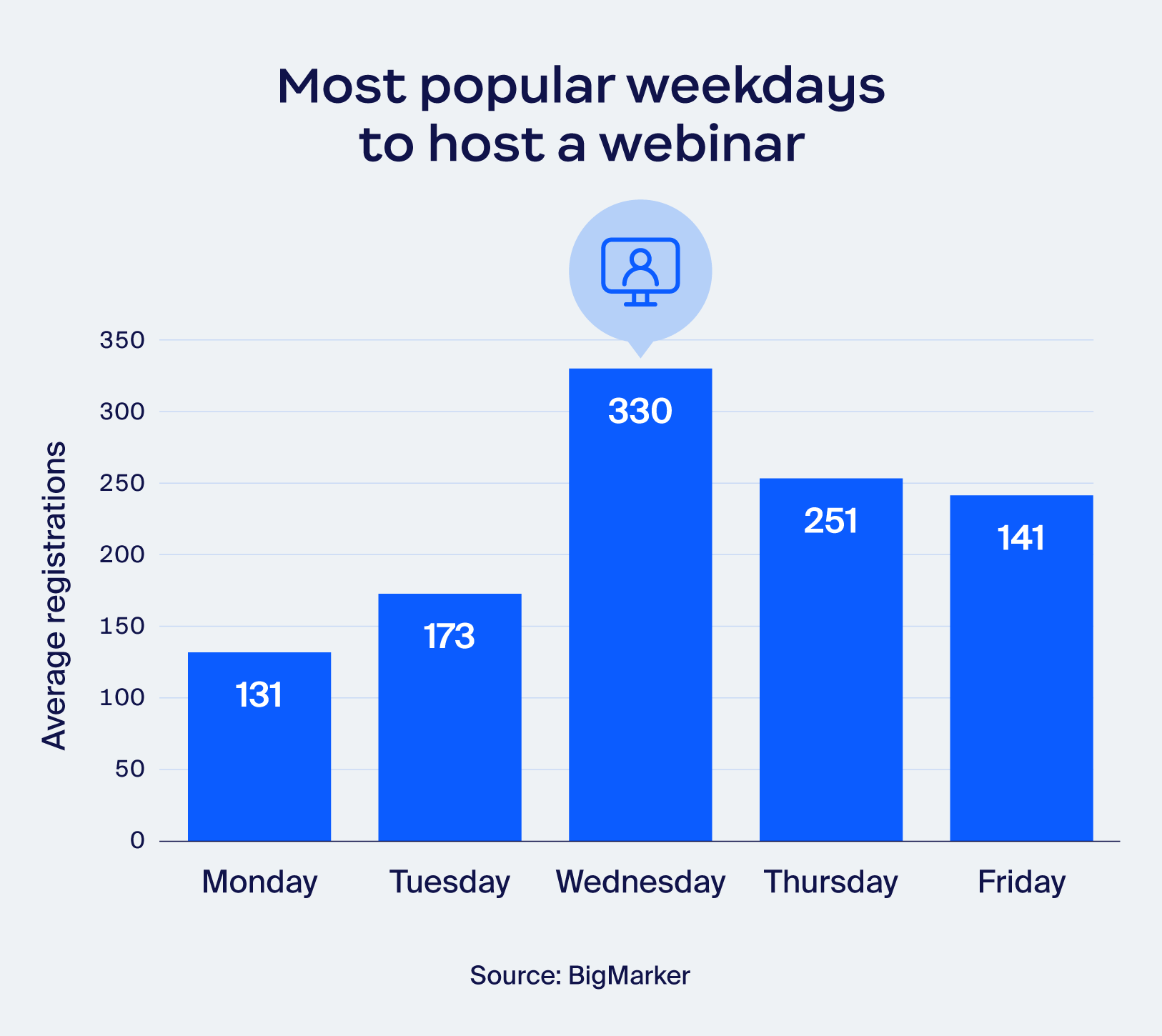
Meet Zoom AI Companion, your new AI assistant!
Boost productivity and team collaboration with Zoom AI Companion, available at no additional cost with eligible paid Zoom plans.
Updated on October 16, 2025
Published on October 16, 2025


If you want more leads and increased revenue, you’ve got to set yourself apart. But with plenty of competition and constant changes in the business world, how do you stand out?
Webinars are an excellent option. In fact, based on research by TwentyThree, over 78% of companies polled said they’re either increasing their webinar budget this year or staying the same as last year, which is great evidence of their effectiveness. Whether you want to engage more leads, share information, or simply raise brand awareness, webinars can help.
This post will delve into why webinars are great for marketing and provide plenty of statistics to back up their usefulness.
Webinars have become a tool for modern marketing and communication strategies. These key webinar stats outline the current webinar landscape and give you the knowledge to improve your efforts with the best webinar platforms:
With changing technology and increasing advances in AI, does webinar data show that webinars are still worth it in 2025?
In short, absolutely.
Here are a few compelling data points that confirm our assessment:
Beyond the initial sign-up numbers lies the true test of a successful webinar: attendance and engagement. These metrics reveal how many registrants tune in and actively participate. Understanding audience behavior through key statistics like webinar attendance and conversion rates allows you to tailor your webinars to resonate with your target group, maximizing their impact and achieving your marketing goals.
The power of webinars varies across industries. Some sectors rely heavily on them, while others favor different delivery methods. Delving into industry-specific webinar statistics sheds light on which fields are most active in this space and how content themes differ.

Webinars are no longer simply online presentations. The key to unlocking their potential lies in conversions — turning those attending viewers into active participants who take the next step in their journey with your brand.
Webinars can be great avenues to market your business and expand your reach. For starters, they offer a unique blend of information-sharing, real-time engagement, and interaction you don’t get from most other marketing channels. They can also be done from anywhere, which is ideal for today’s hybrid workforce. Plus, attendees make the choice to sign up because they’re already interested in your offerings, which means they’re often more likely to convert than other prospects.
As you’ll see from the webinar statistics above, webinars also have high rates of attendance and engagement, giving you the opportunity to meet plenty of prospects. Webinars are also versatile — in addition to live webinars, you can repurpose content for on-demand sessions, short-form videos, blogs, or social media.
Unlike traditional, one-way presentations, webinars are interactive, promoting engagement and collaboration through features like polls and Q&A. This two-way dialogue fosters stronger relationships with your audience, ultimately converting viewers into loyal customers.
Accessibility, engagement, and convenience are the driving focus of successful webinars. Platforms like Zoom Webinars elevate these elements, creating immersive online experiences that drive knowledge sharing, collaboration, and dynamic audience interaction.
Explore Zoom Webinars features and discover how they can transform your virtual events.